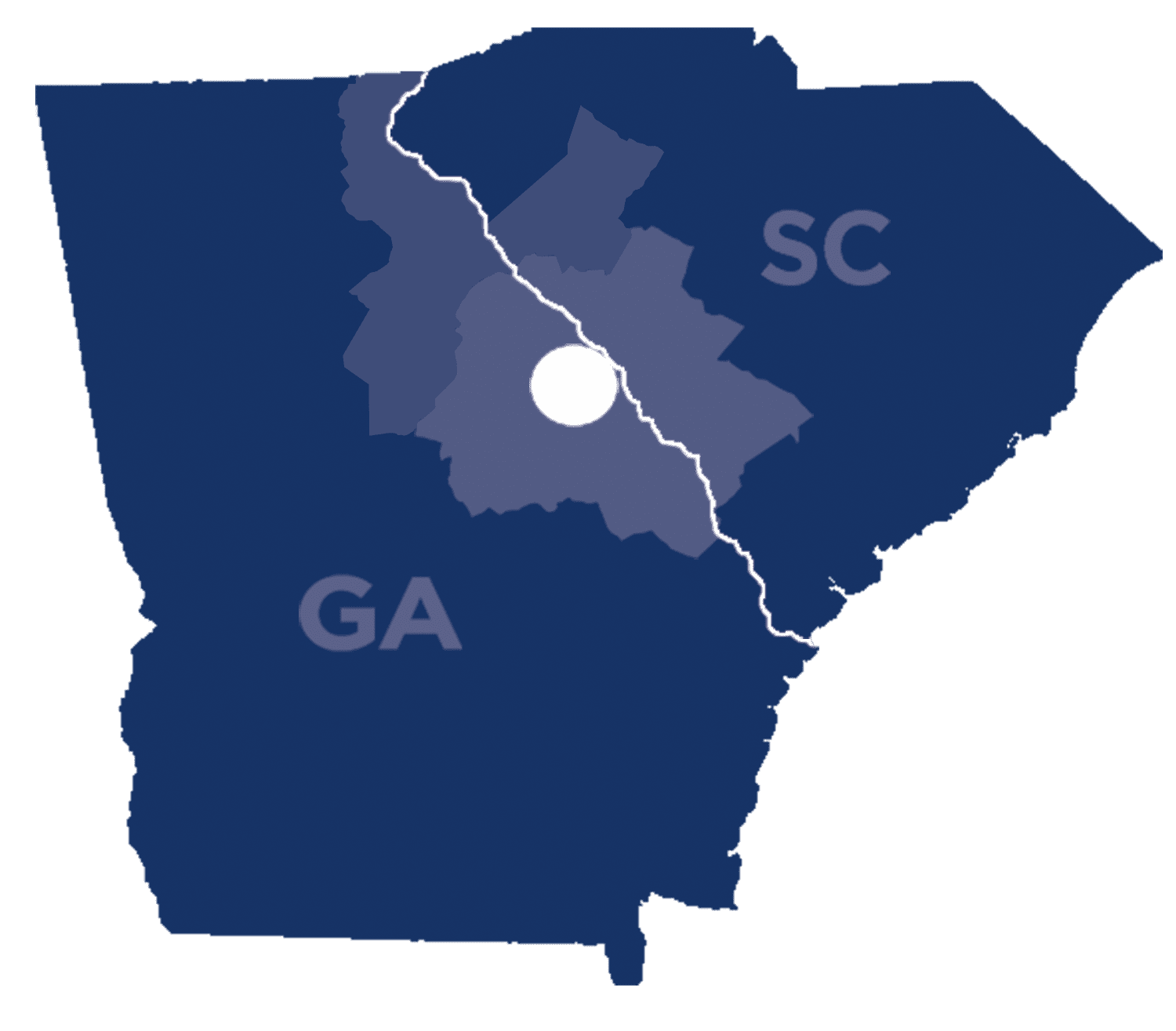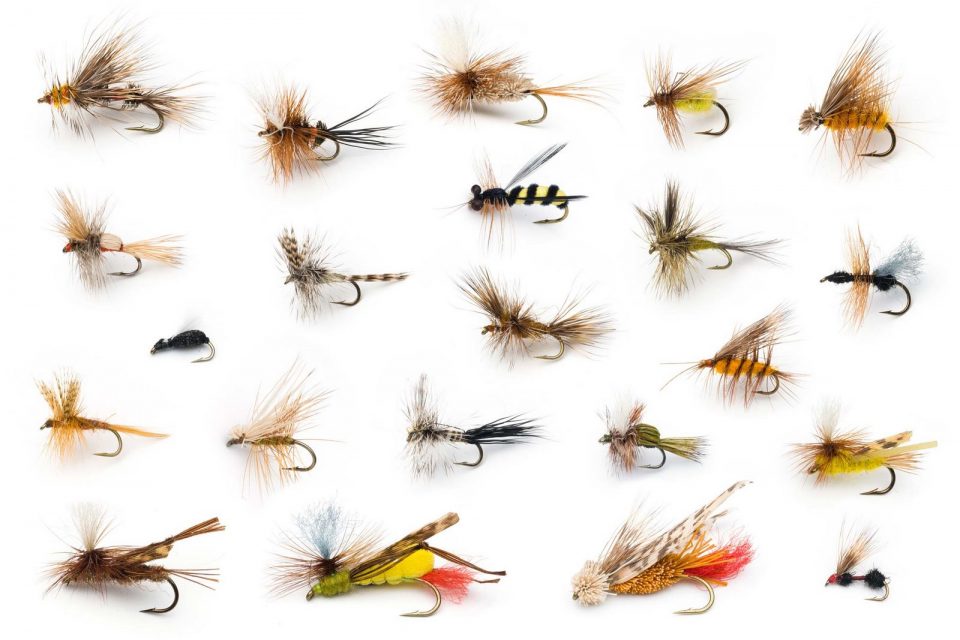By: Ryan Wilson
I call it “The Hymnal.” We’ve all seen it and most of us have been there. A fly fisherman staring searchingly into an open fly box, hopelessly shuffling through fly patterns like a daydreaming parishioner who missed which page the song was on. He knows the right choice is in there, but only by the grace of God will he find it.
Few things in fly fishing can be more intimidating or frustrating than struggling with which fly to show to picky fish. We have literally thousands of distinct fly patterns to choose from and they all come in multiple sizes, colors and local variations – even though we’re really only trying to mimic like four or five different kinds of bugs. The worst part is, that at one point or another, each one of those patterns is the “Right Fly.” And of course if you don’t have the right fly, you won’t catch any fish, so the only reasonable thing to do is to change flies until you happen upon that golden pattern that was tucked into a long neglected corner of the fly box.
The problem with the solution above, is that changing flies takes time and if you do it often enough, will chew up enough leader and tippet, that you’ll have to re-rig the whole dang thing. It’s a slippery slope and not less than a few anglers have spent more time tying knots than they have fishing on a given day. If you are one of these folks, or maybe a novice angler for whom fly selection is a total mystery, let me suggest a simplified approach. Rather than get caught up in the details and pattern variations, try to understand that 95% of a trout’s diet is made up of nothing more than little brown bugs.
Ok, my previous statement was a massive oversimplification and probably should’ve included a trigger warning for all of the fly-tying entomologists who just threw this magazine down in disgust. As you progress as a fly fisherman, of course it will expand your skill set and appreciation to learn more about the insects that trout feed on. My point is that you don’t have to know it all to be a successful fisherman and you should not let the lack of detailed pattern knowledge deter you from enjoying the sport. This is especially true if you are nymph fishing.
My advice to people who struggle with fly selection is to limit the amount of patterns in your box, but have enough of each that you do carry, that it won’t be the end of the world if you lose a few. Find generic patterns that could imitate quite a few nymphs and cover several bases at once. I like a fly that sticks to base colors like Olive, Brown, Yellow, or Peacock and has a soft hackle or body material that adds some texture and movement in the water. These flies won’t imitate any one thing the best, but they are broad enough to fit the bill no matter what the fish want to eat. If you’re really at a loss, have the guy at the fly shop help pick a few productive local patterns and trust that he knows that he’s doing.
Don’t overlook the junk food. Eggs, Squirmy Worms, Mops, Buggers, anything pink, chartreuse, fluorescent orange are all examples of what I call Cheeseburgers. They aren’t meant to match any hatch or win you favor with the pattern purists out there, but son of a gun they catch fish. Whether it’s curiosity or some genetic predisposition towards opportunistic feeding, these patterns often earn strikes when your most natural imitation receives less respect than Rodney Dangerfield. My personal belief is that these flies work on the same principle as the 200 foot high Golden Arches visible from the highway – I know I shouldn’t eat this crap, but dang does it look tasty.
John Gierach famously noted that fly-tiers have been trying for many years to craft a fly that would not catch a fish. The truth is that there is rarely, if ever, only one “Right Fly.” If fish aren’t responding, it’s more likely that the problem is in the rigging or presentation. Rather than spend precious minutes cycling through every pattern in the box, pair a juicy cheeseburger with a convincing “little brown bug” and trust that it will get some bites if fished properly. From there, work on casting and presentation fundamentals or just move along and find some more receptive fish. If that doesn’t work, then it might be time to revisit that prayer book and trust your luck to the man upstairs.
Ryan Wilson is the Owner and Operator of Madison River Fly Fishing Outfitters in Cornelius, NC. If you’d like help finding the “Right Fly” or booking a guided trip, please contact him at madisonriverflyfishing@gmail.com or call at (704) 896-3676. Check us out on Facebook: Madison River Fly Fishing Outfitters.

